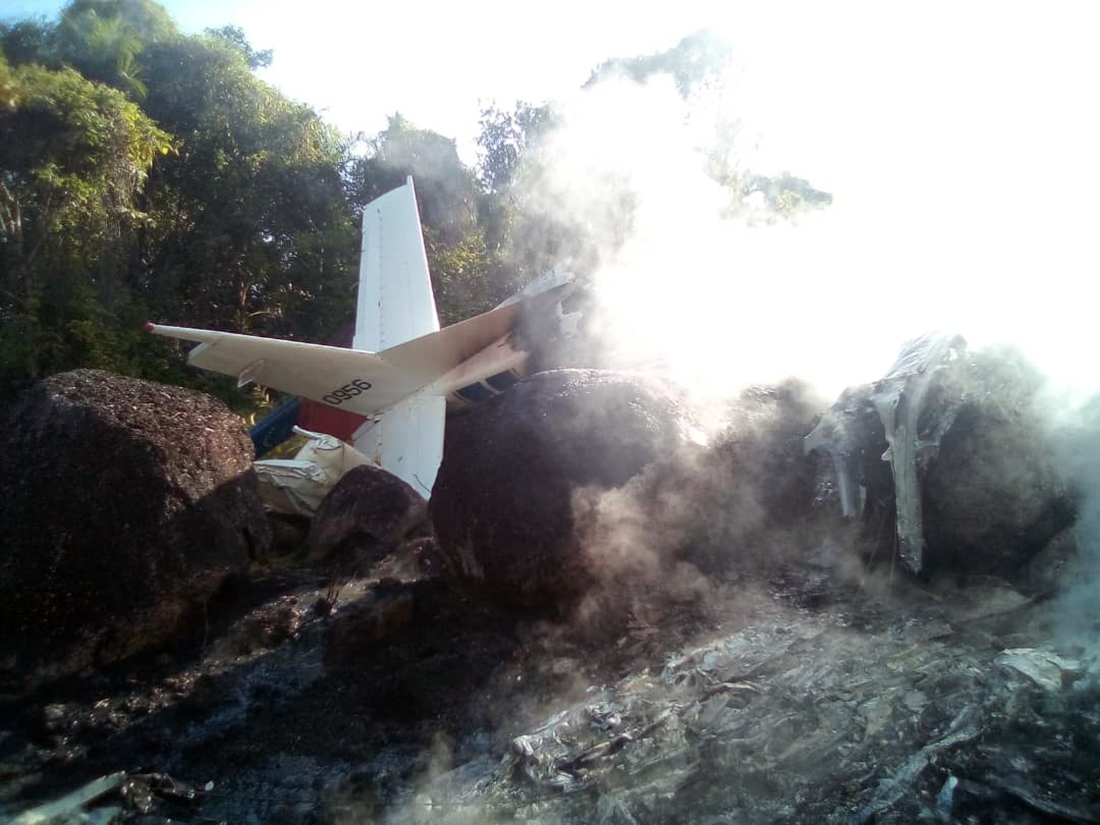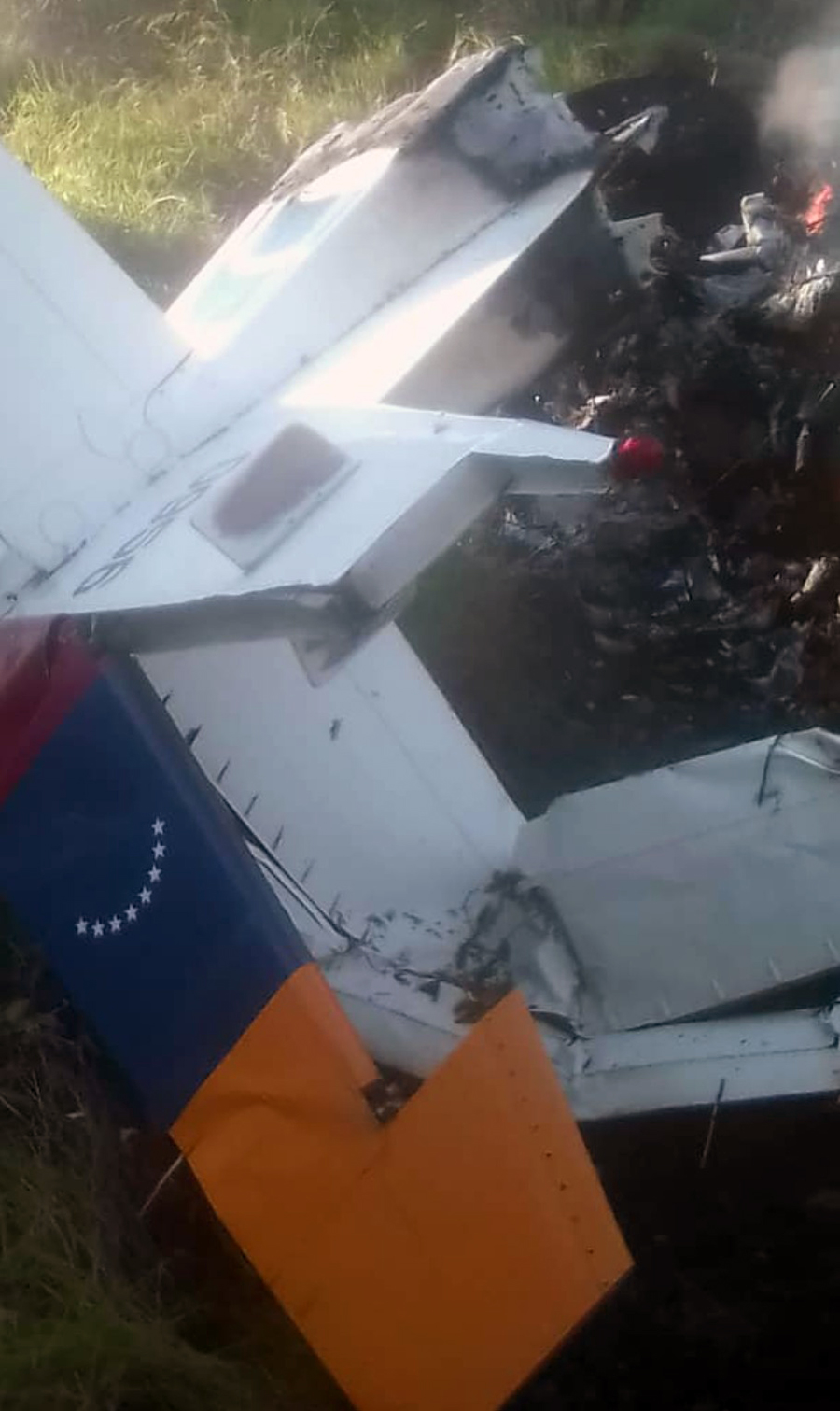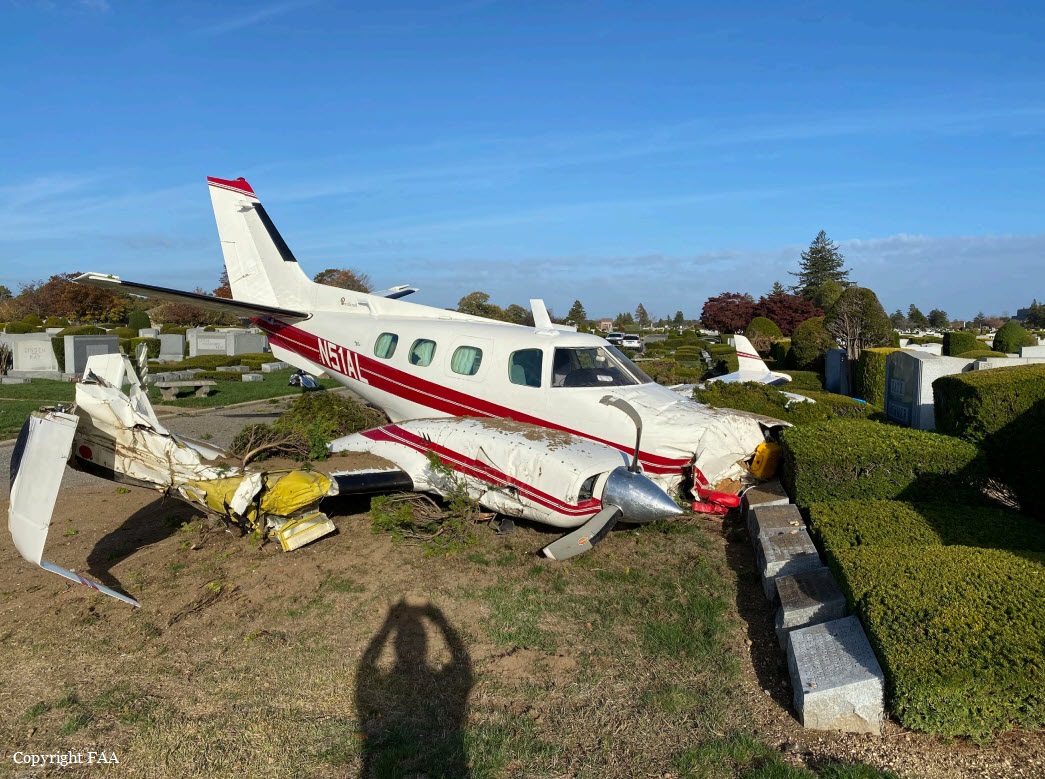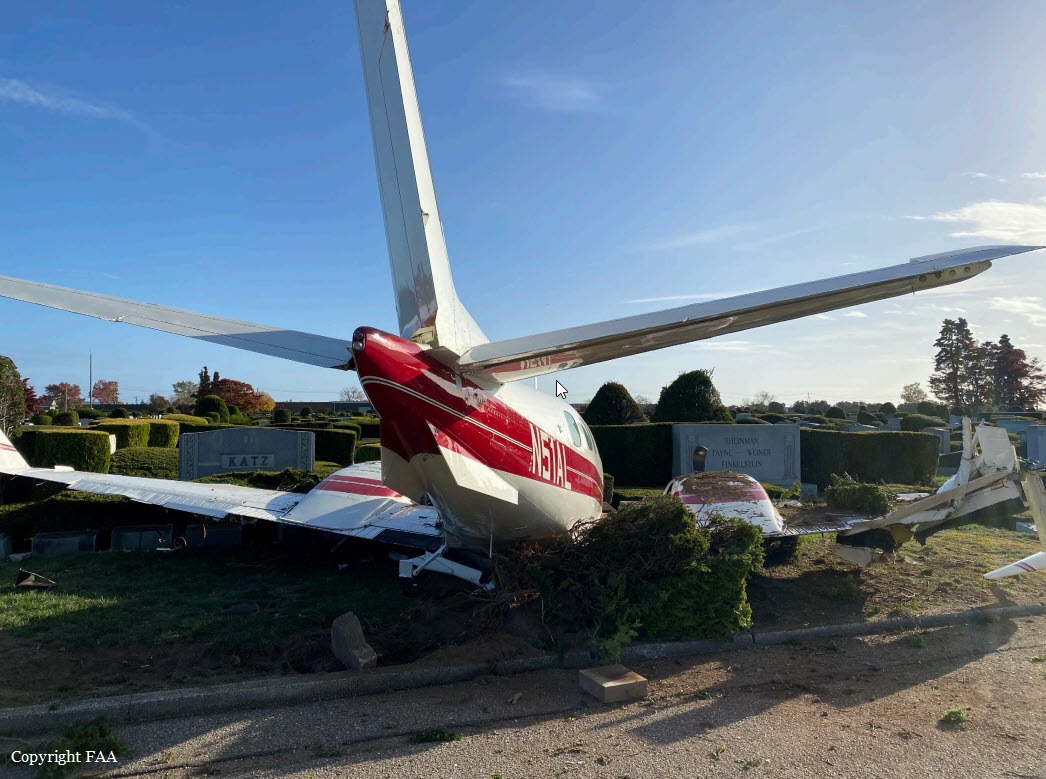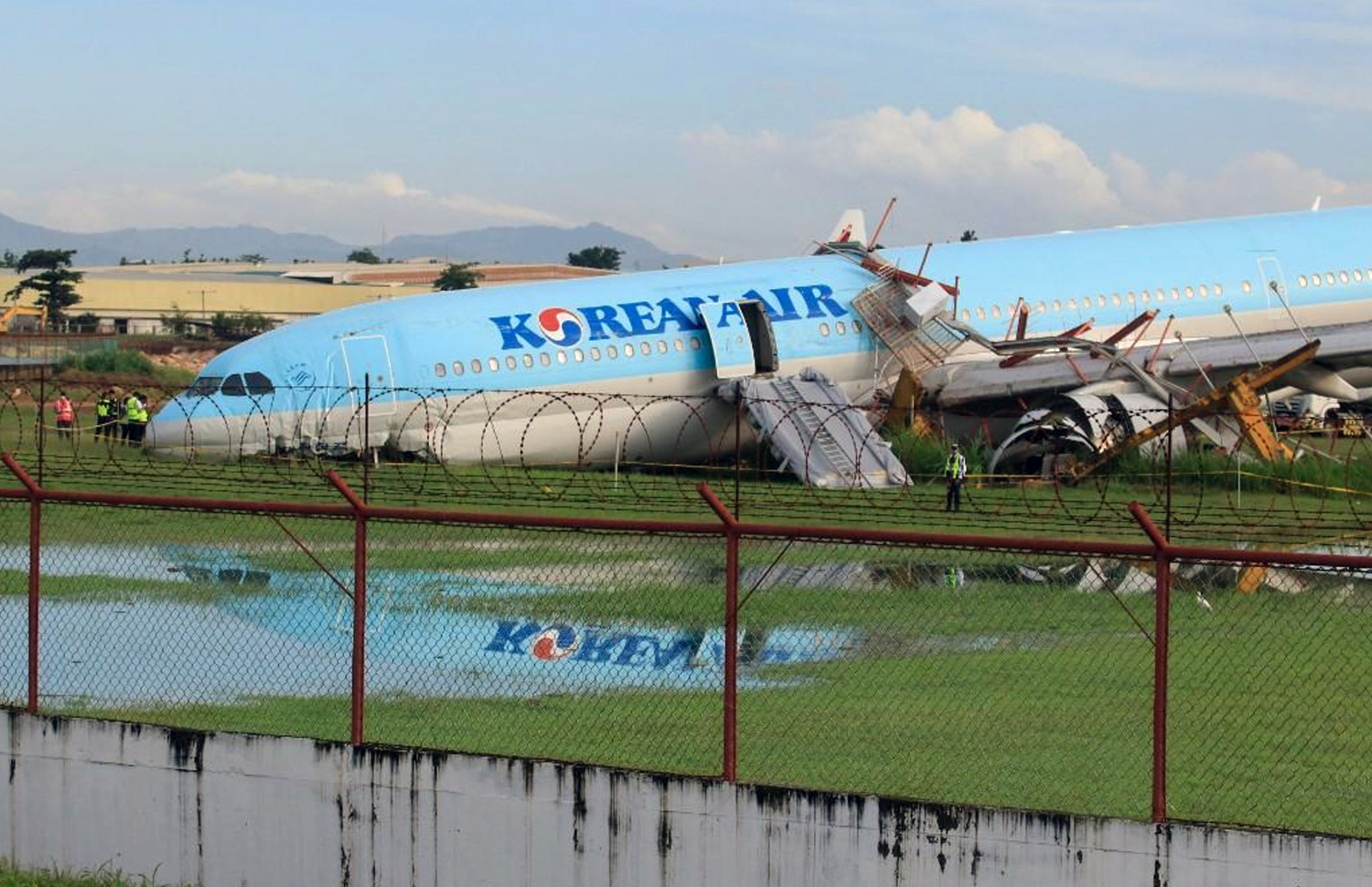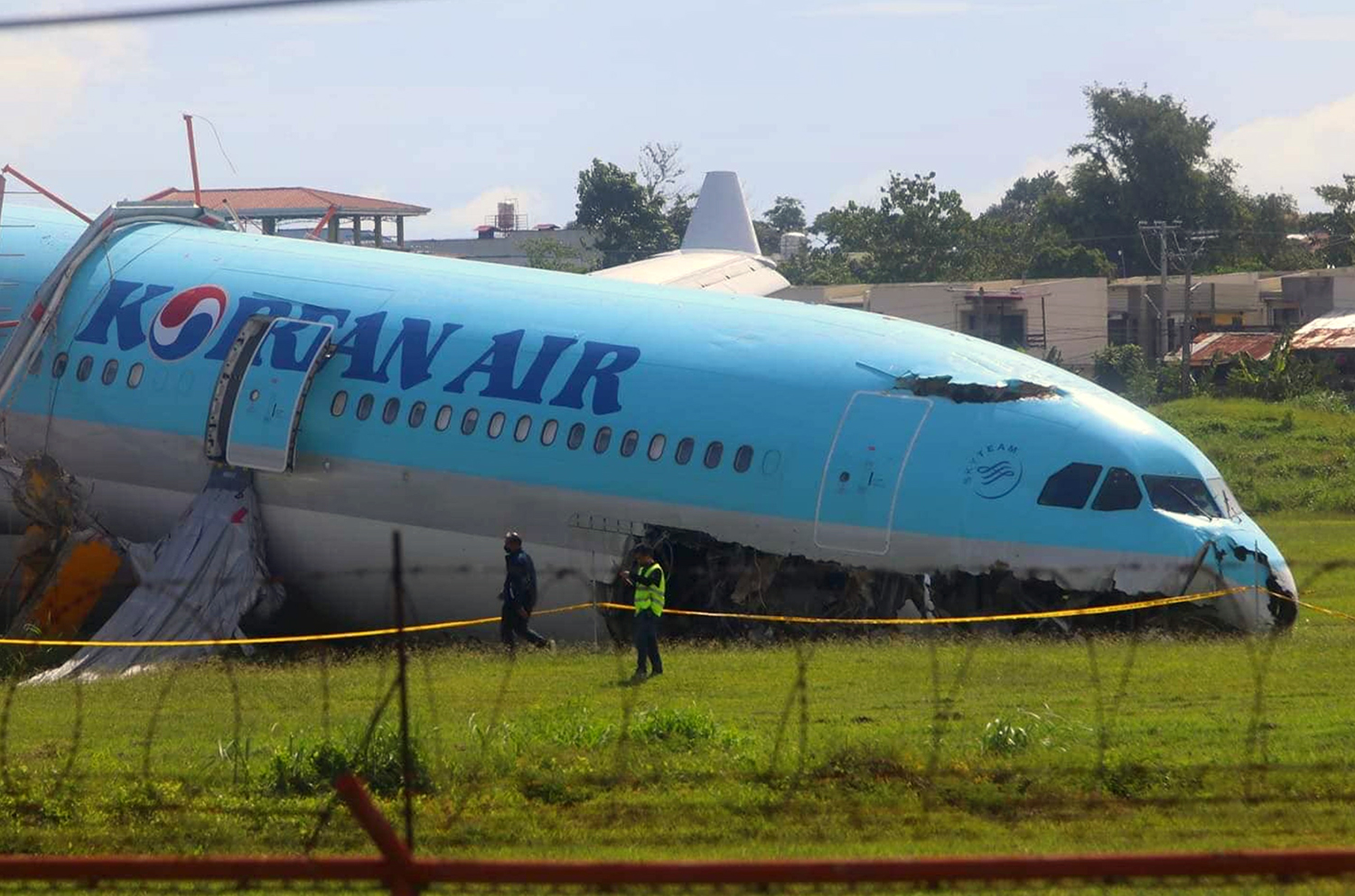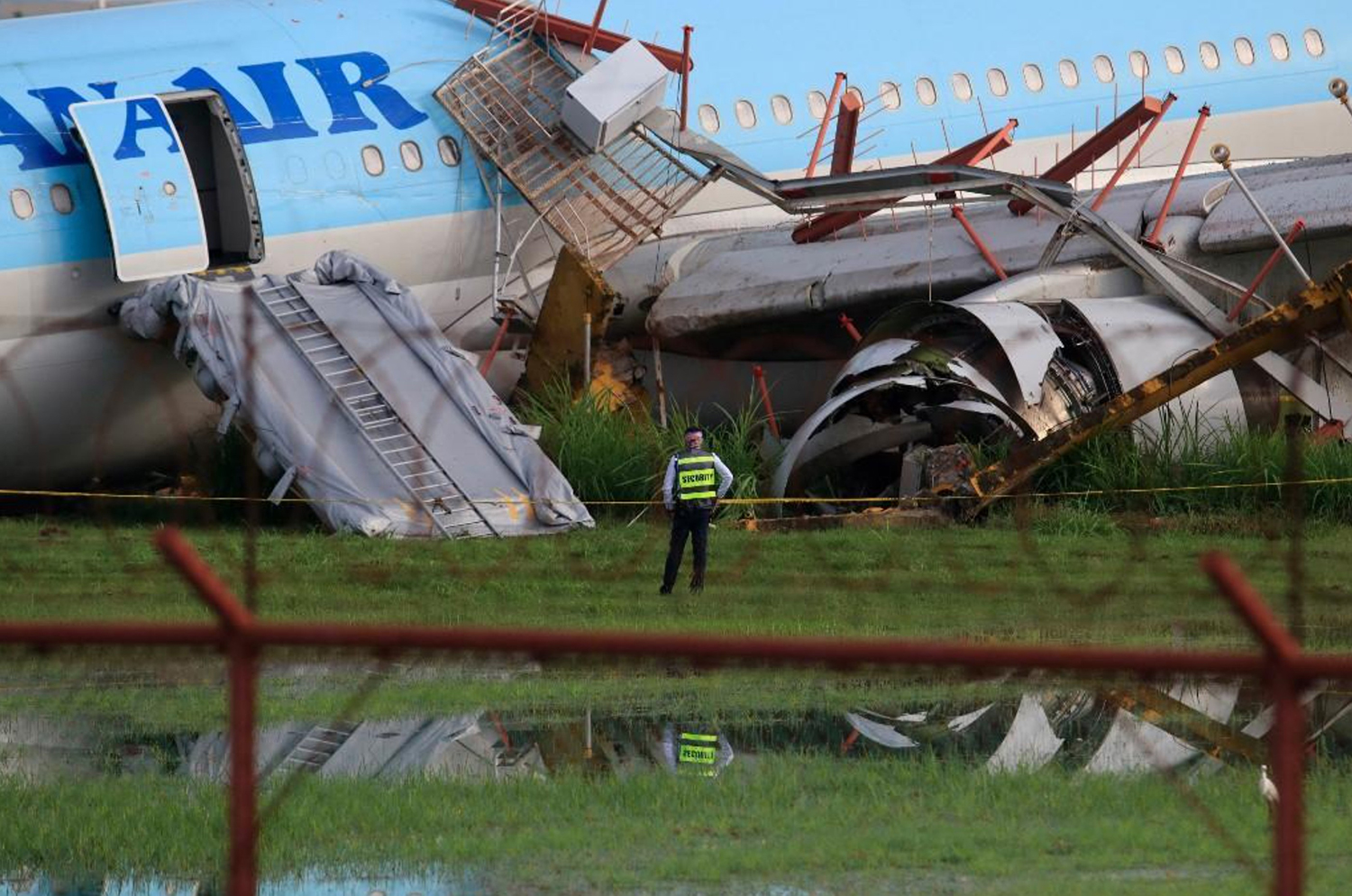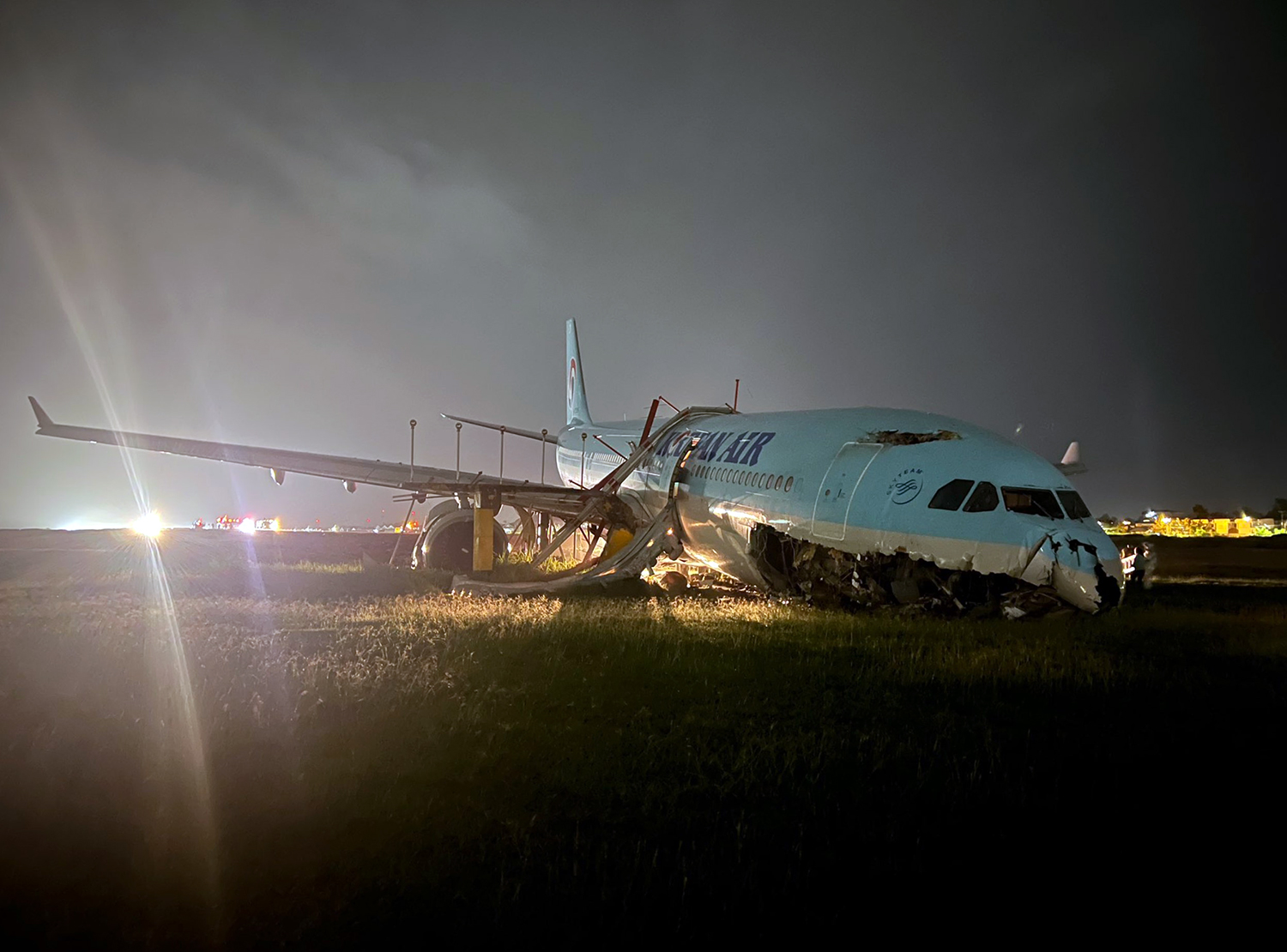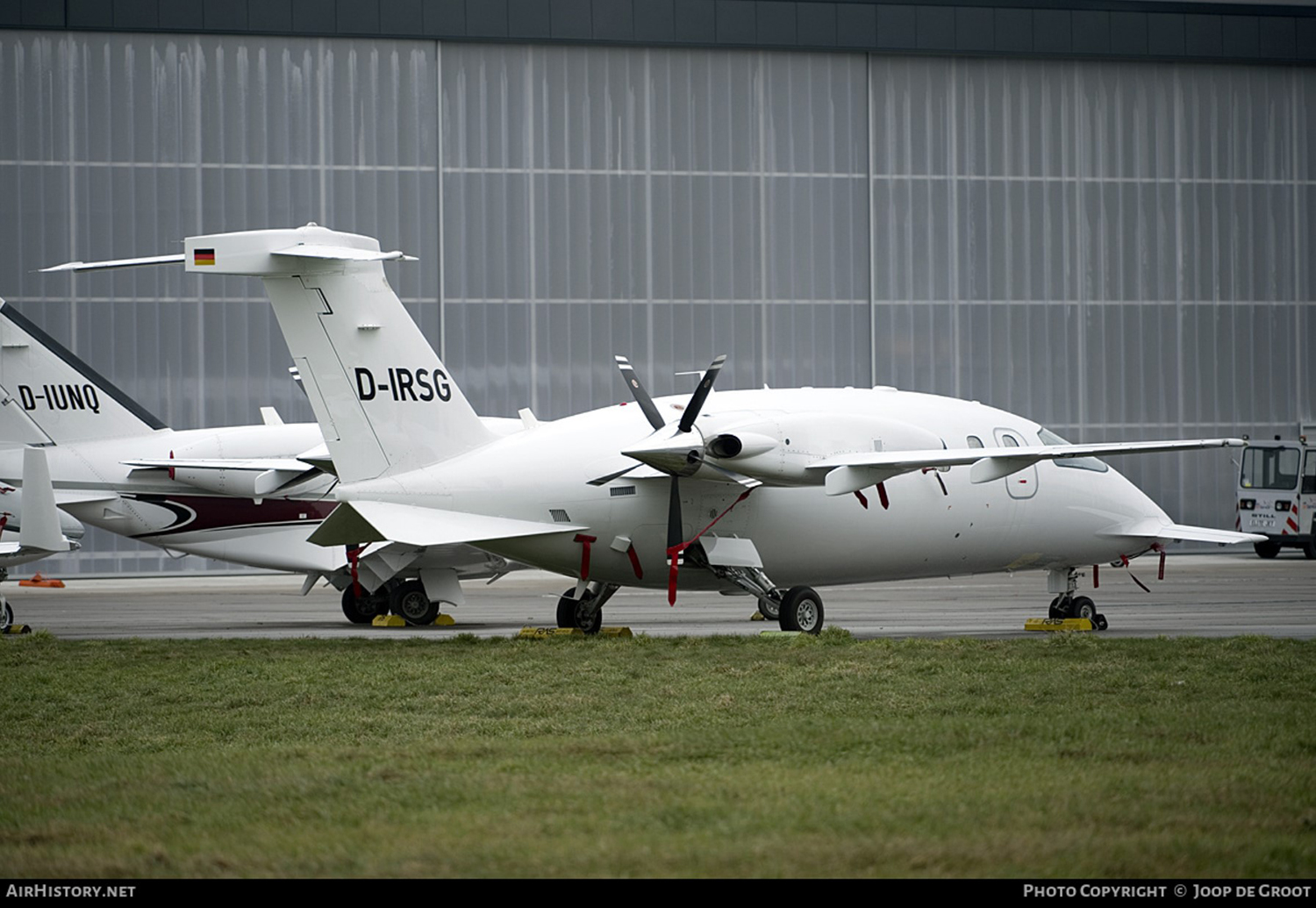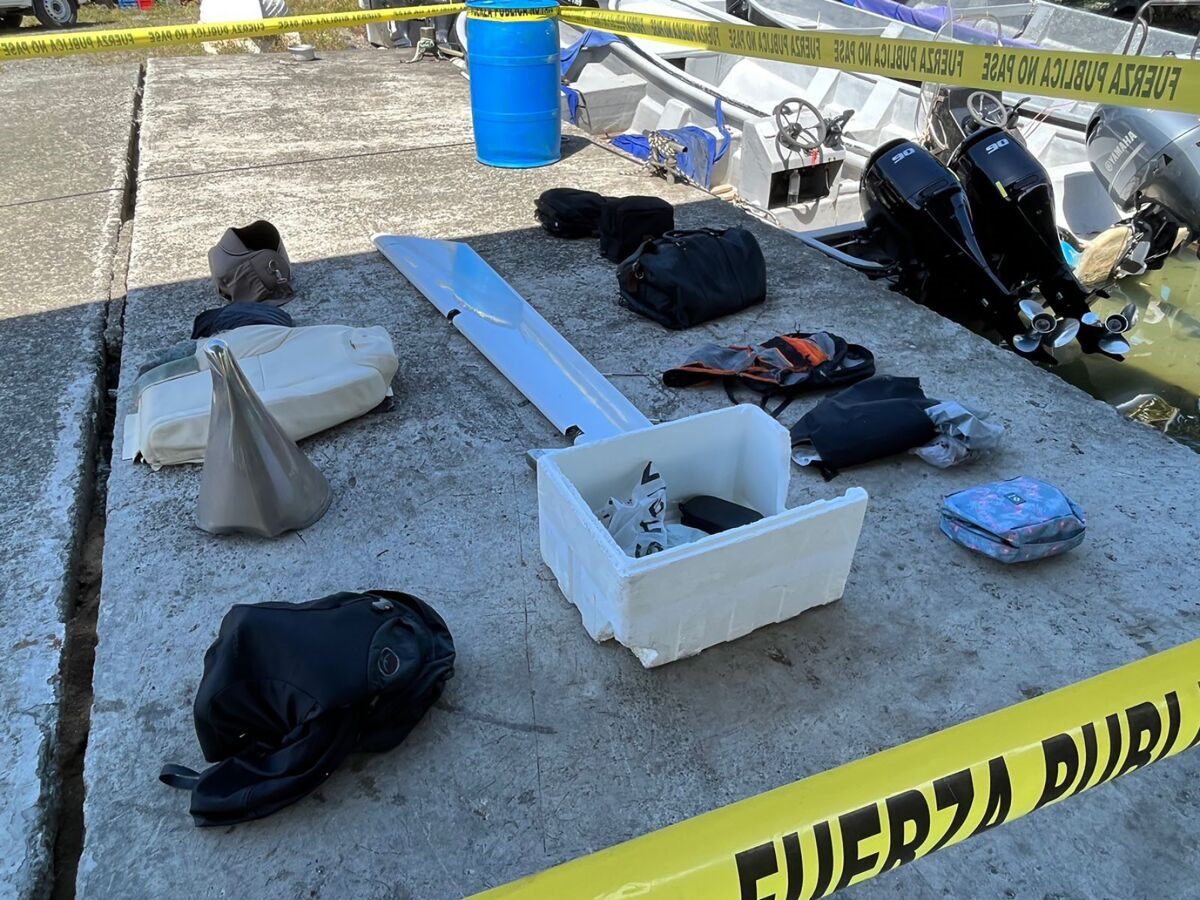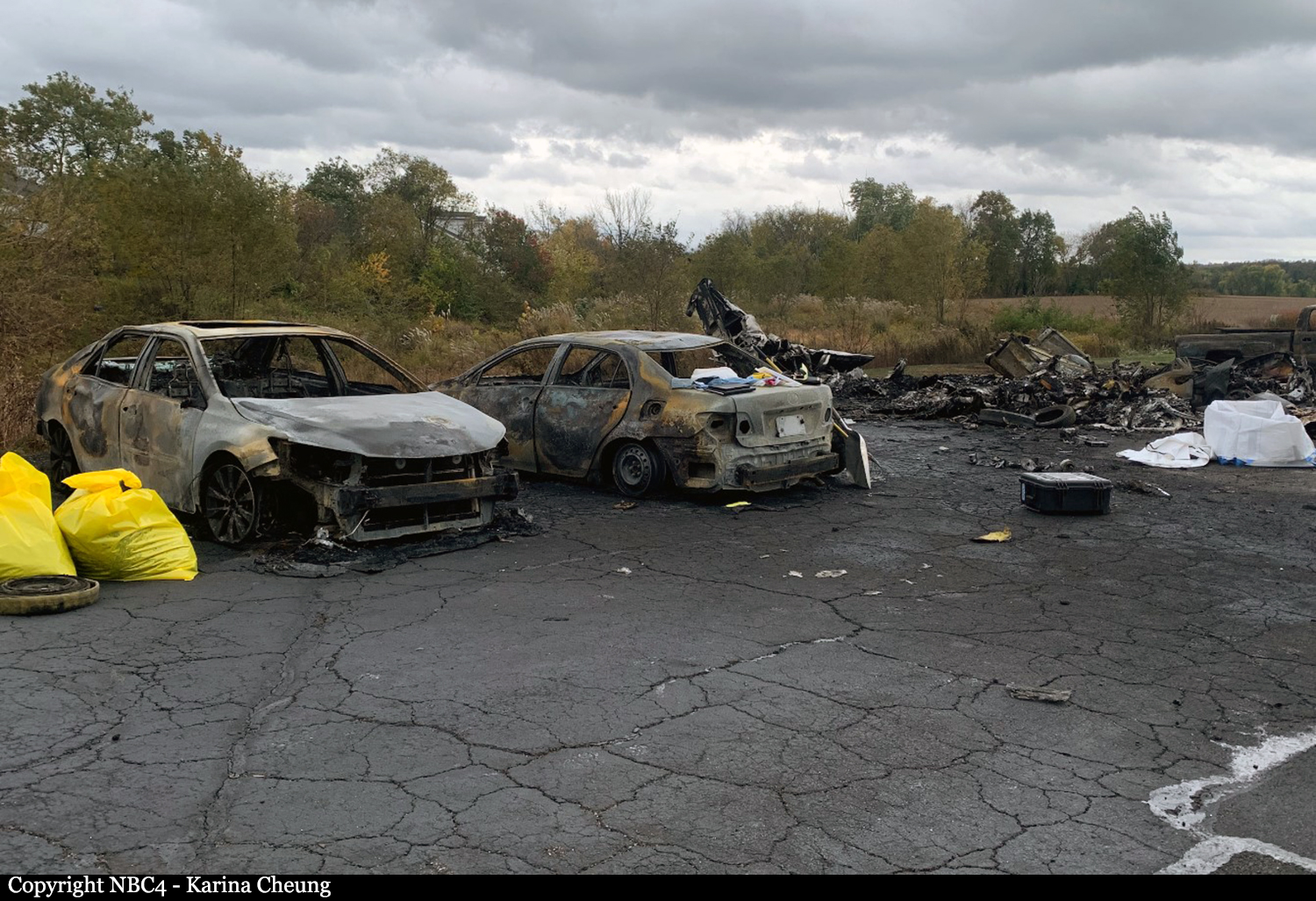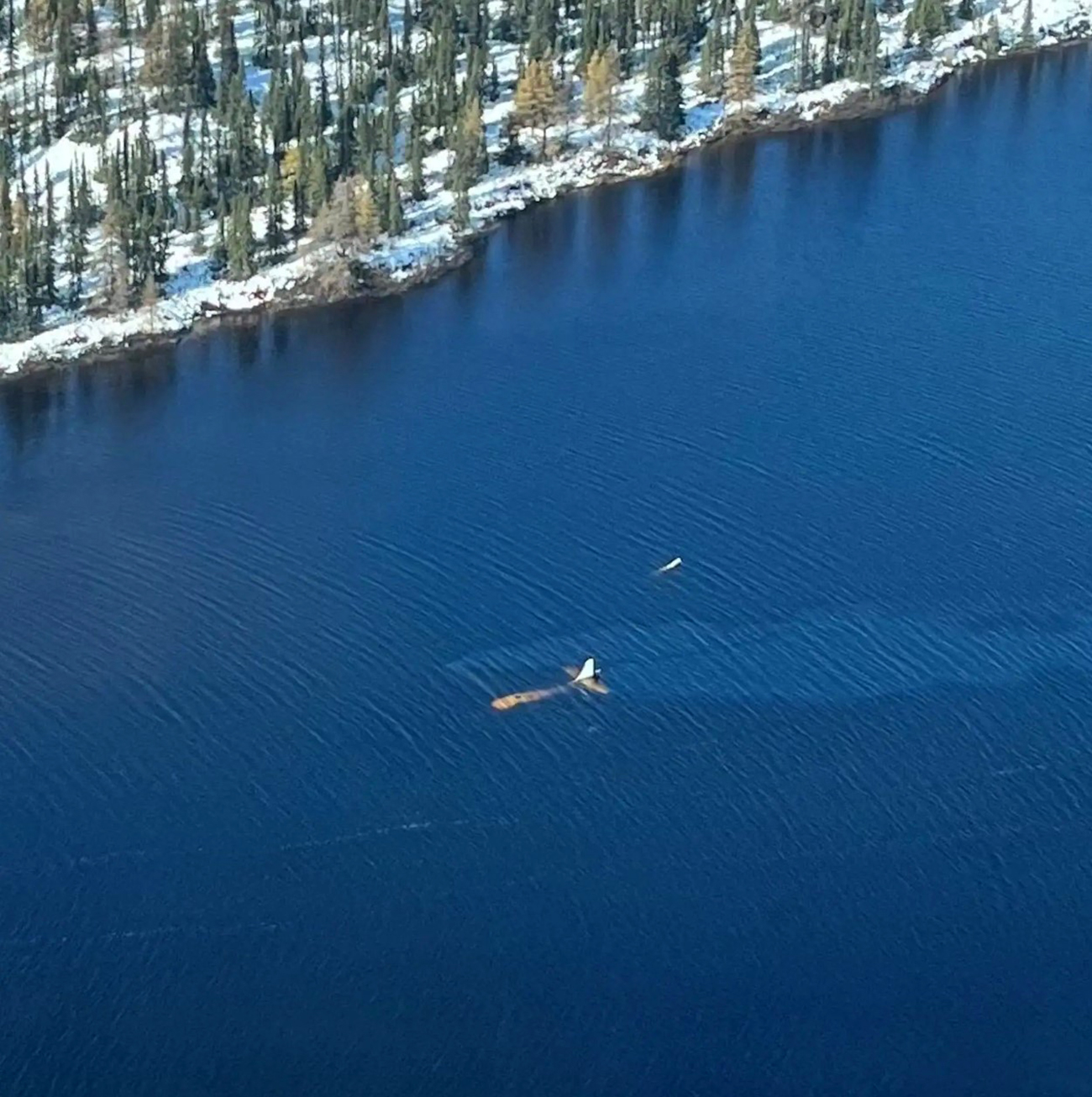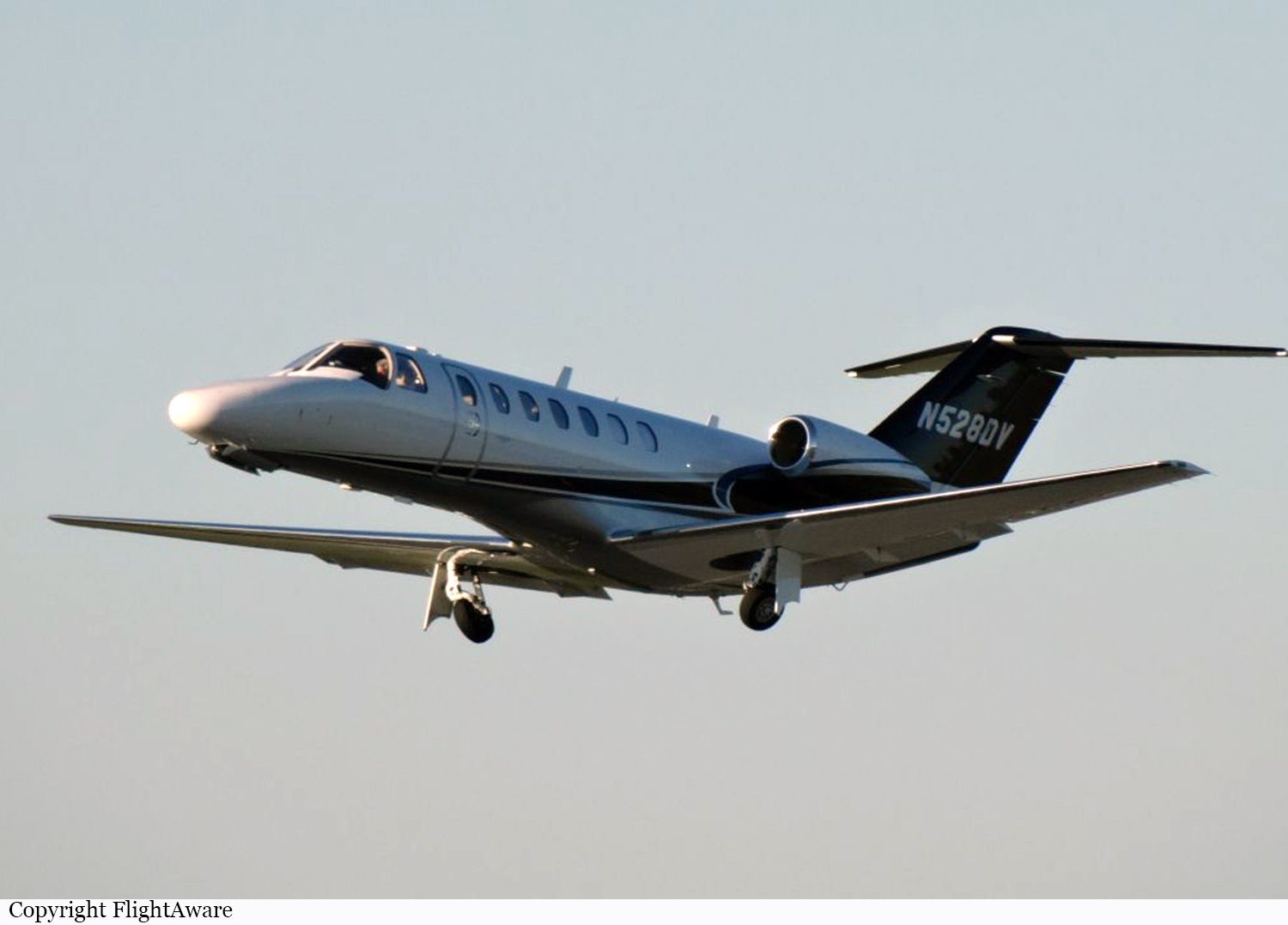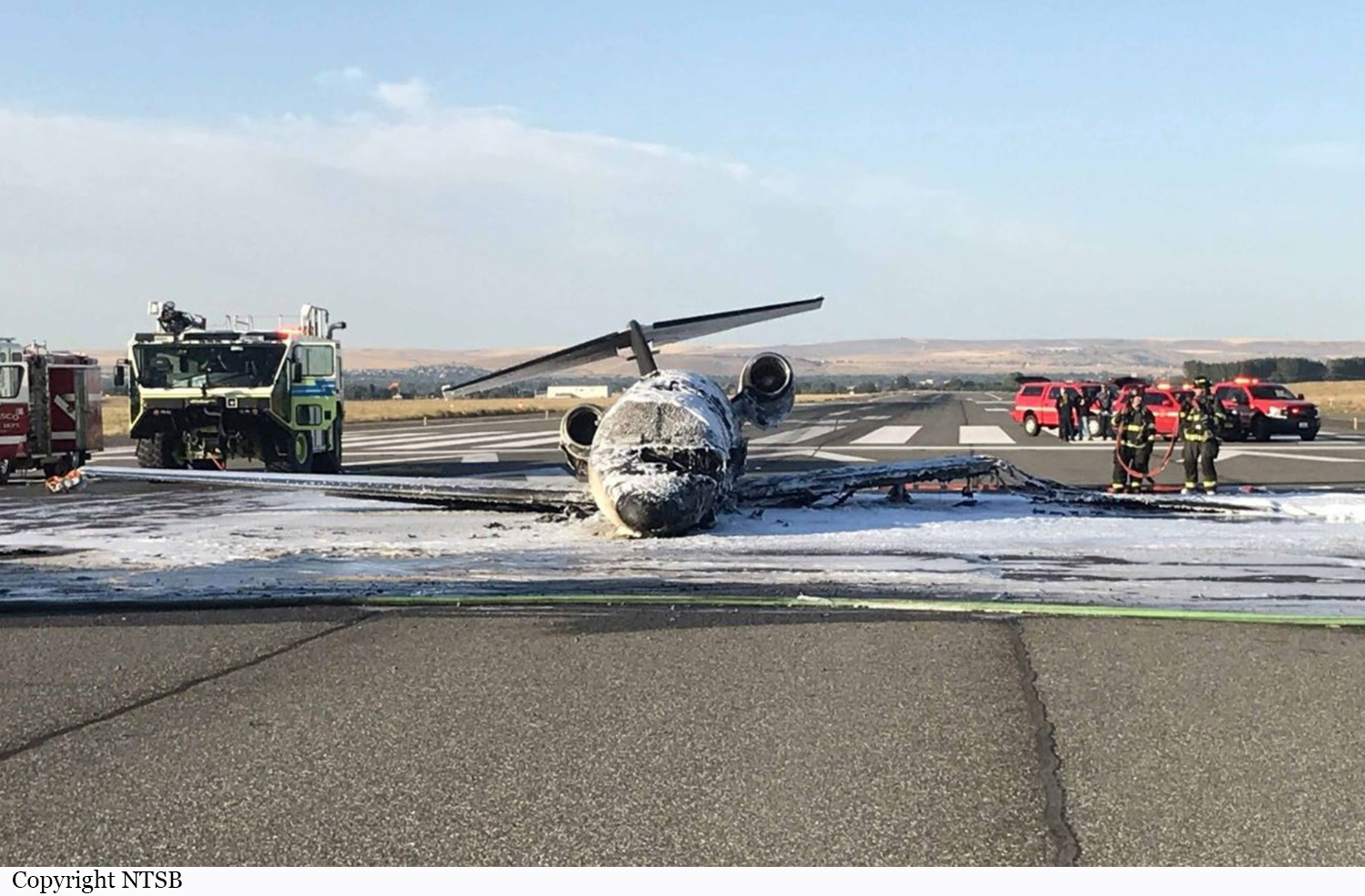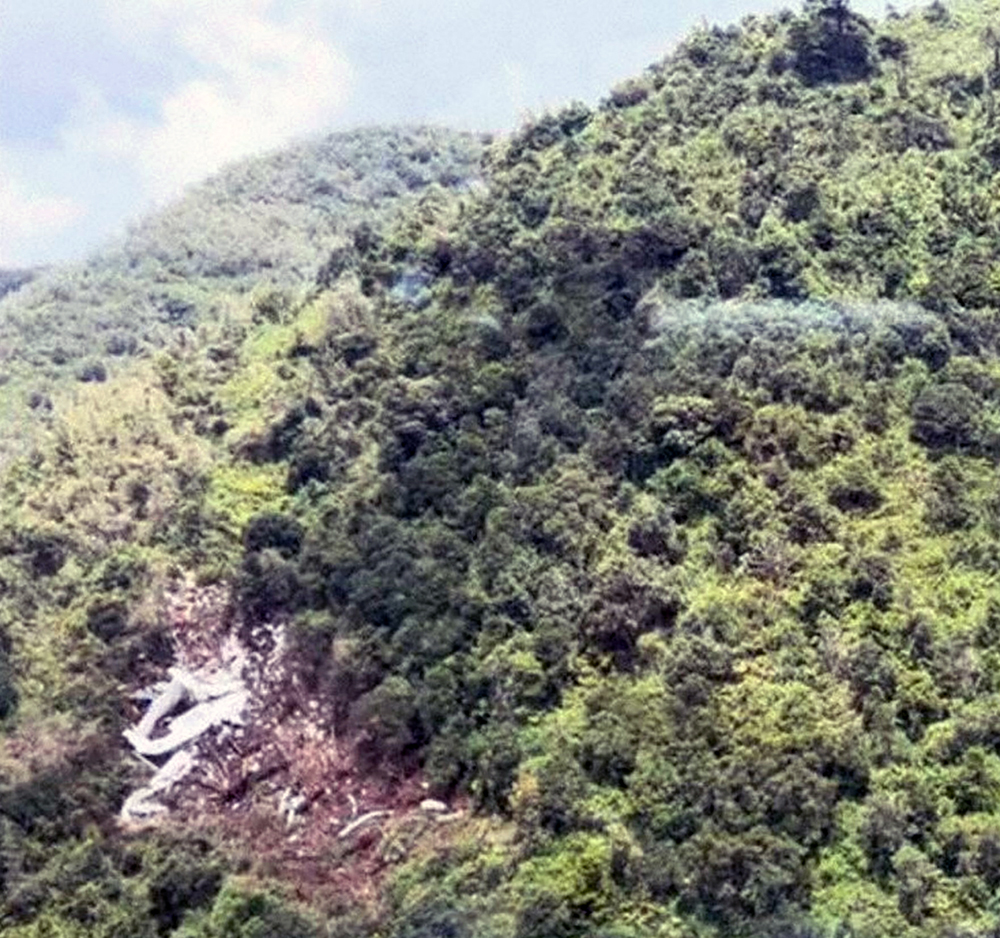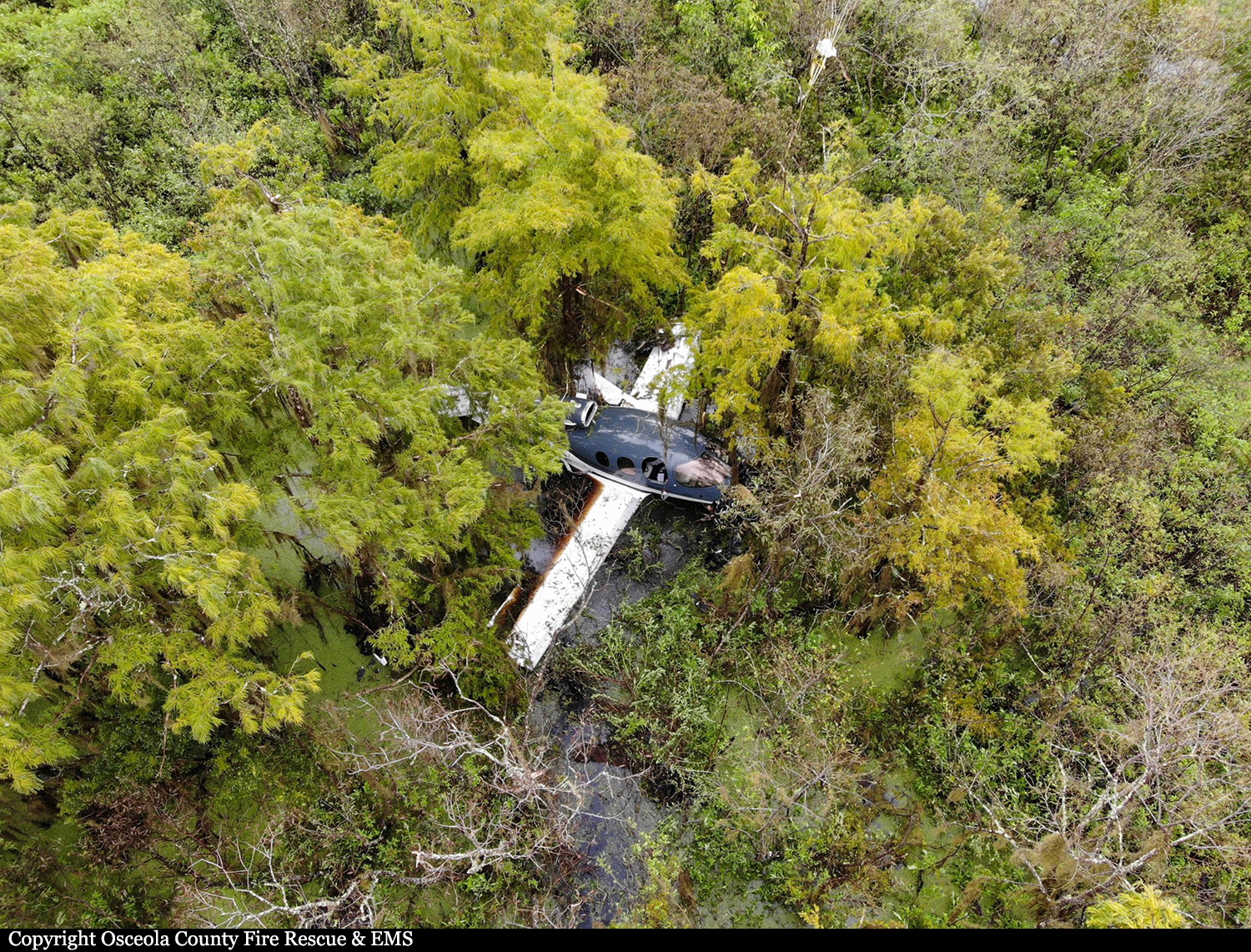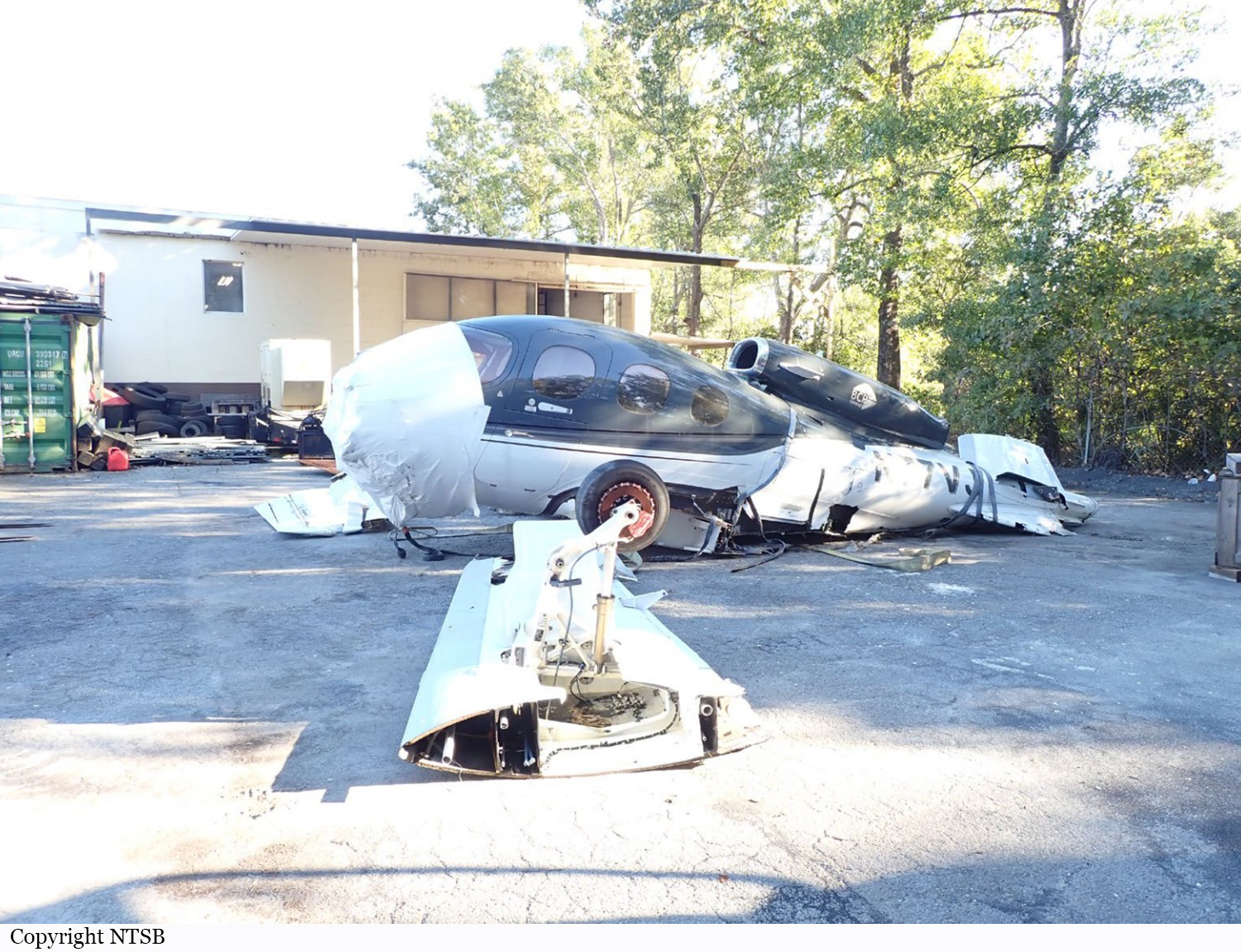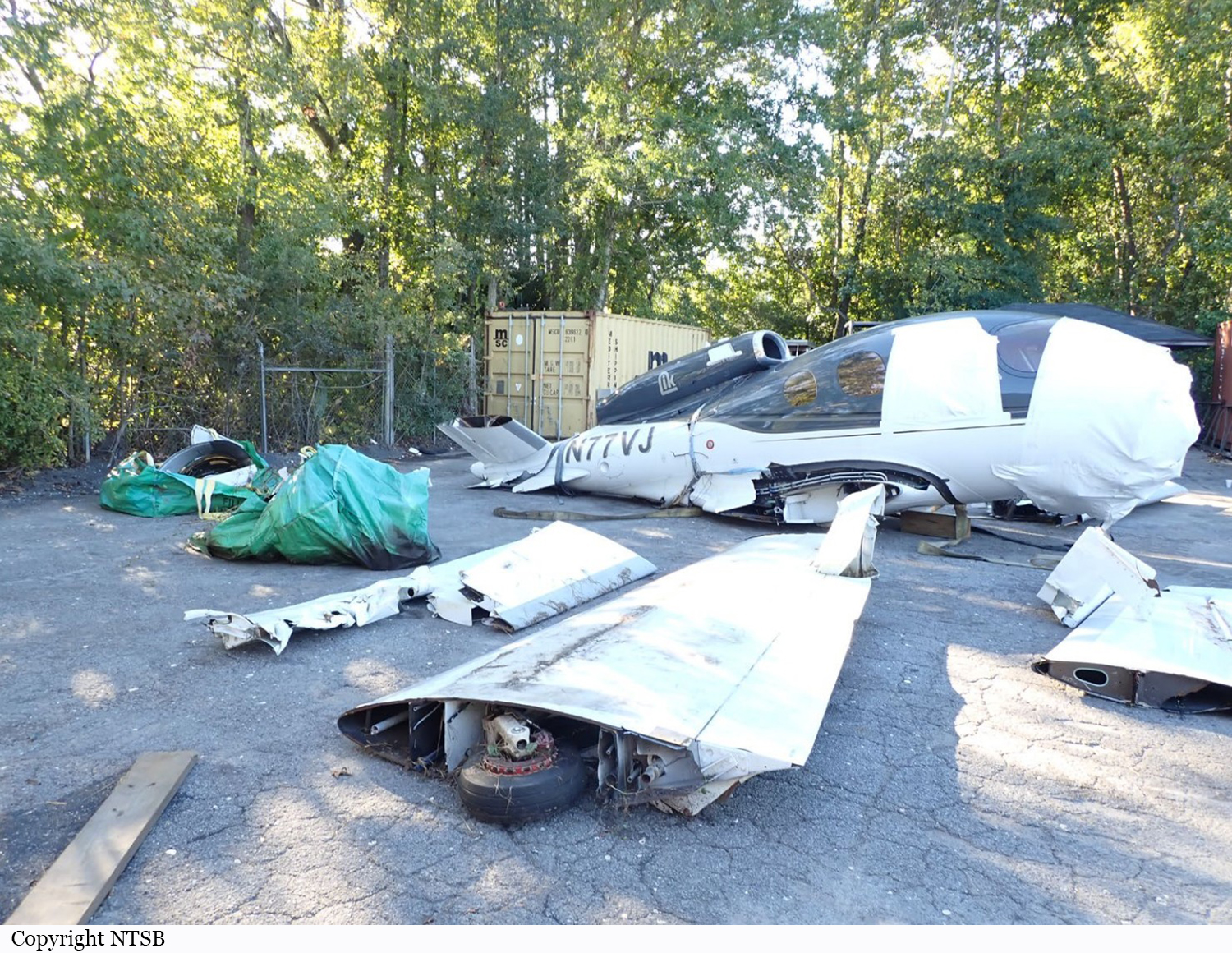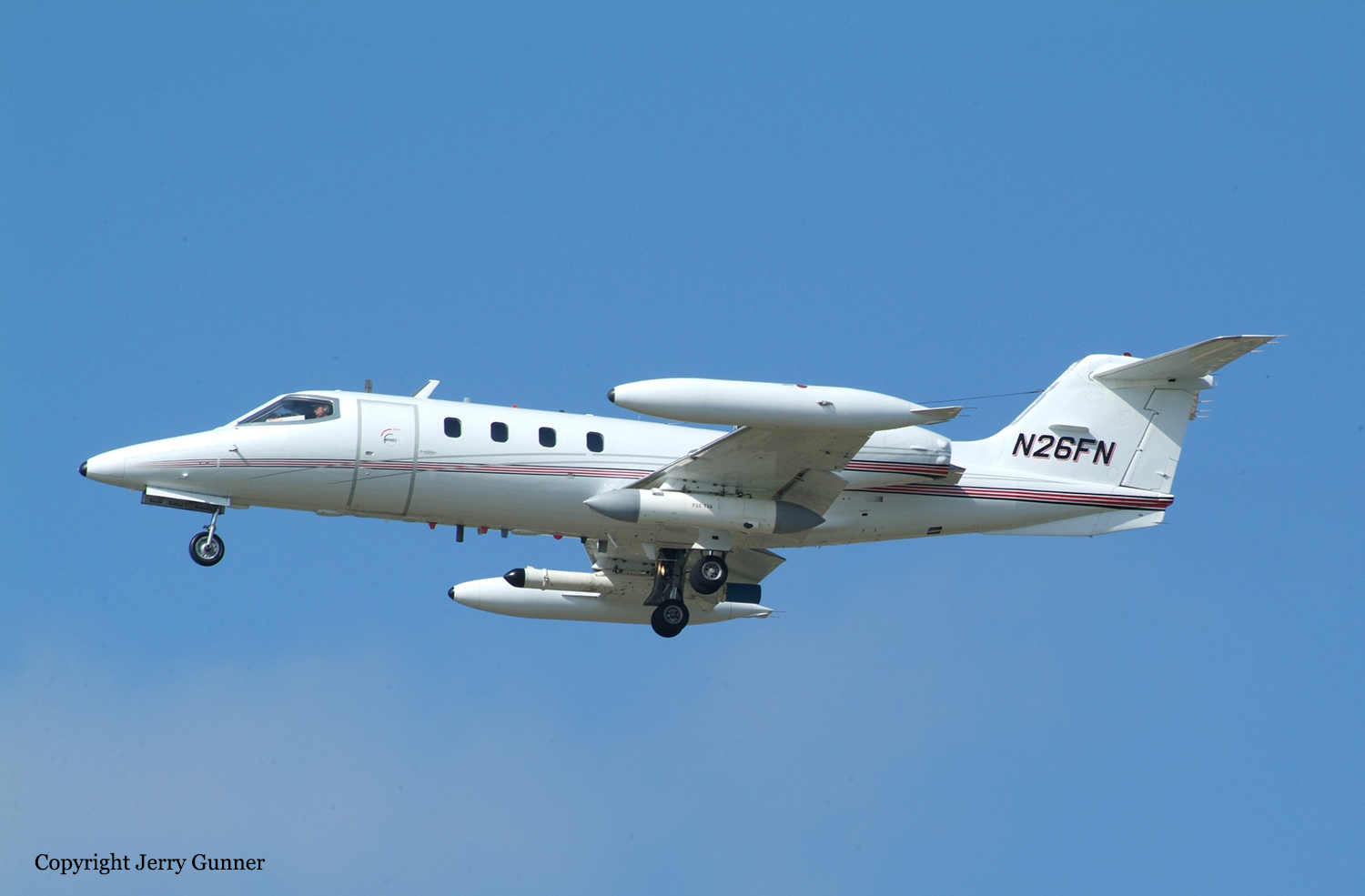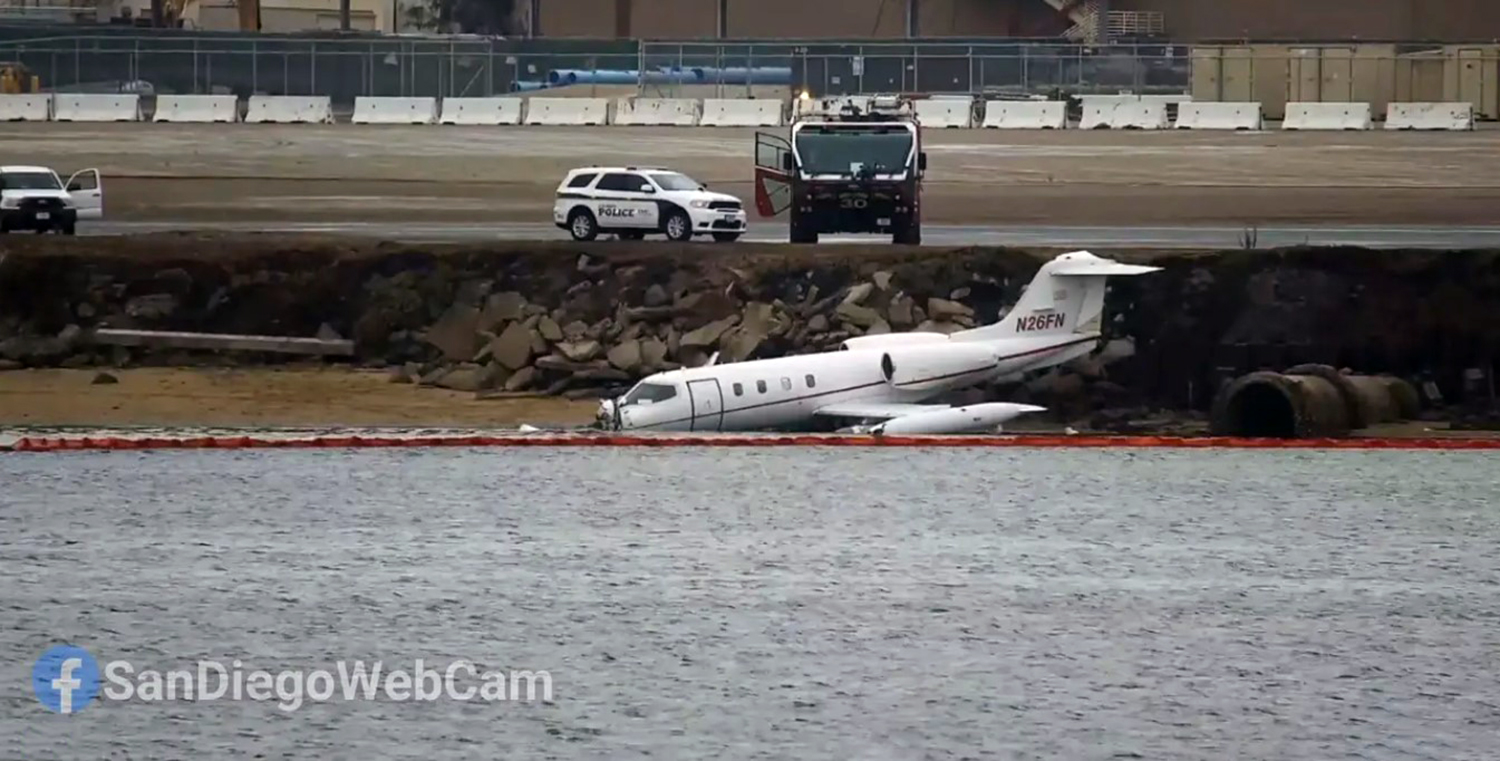Crash of a Cessna 208B Grand Caravan in Puerto Ayacucho: 5 killed
Date & Time:
Nov 6, 2022 at 0656 LT
Registration:
AMB-0956
Survivors:
No
Schedule:
Puerto Ayacucho - Puerto Ayacucho
MSN:
208B-0977
YOM:
2002
Crew on board:
5
Crew fatalities:
Pax on board:
0
Pax fatalities:
Other fatalities:
Total fatalities:
5
Circumstances:
The single engine airplane was engaged in a local training flight at Puerto Ayacucho Airport, carrying five pilots. While completing a turn on approach to runway 04, the airplane went out of control and crashed in a wooded area located about 3 km south of the airport, bursting into flames. The airplane was totally destroyed by impact forces and a post crash fire and all five occupants were killed. Puerto Ayacucho Airport is named Cacique Aramare but the military side is named José Antonio Páez.
Crew:
Cpt José Castillo Tovar,
Cpt Jefferson Aular,
1st Lt Roberto Aponte,
Lt Santiago Collado,
Lt Joé Rivas.
Crew:
Cpt José Castillo Tovar,
Cpt Jefferson Aular,
1st Lt Roberto Aponte,
Lt Santiago Collado,
Lt Joé Rivas.


